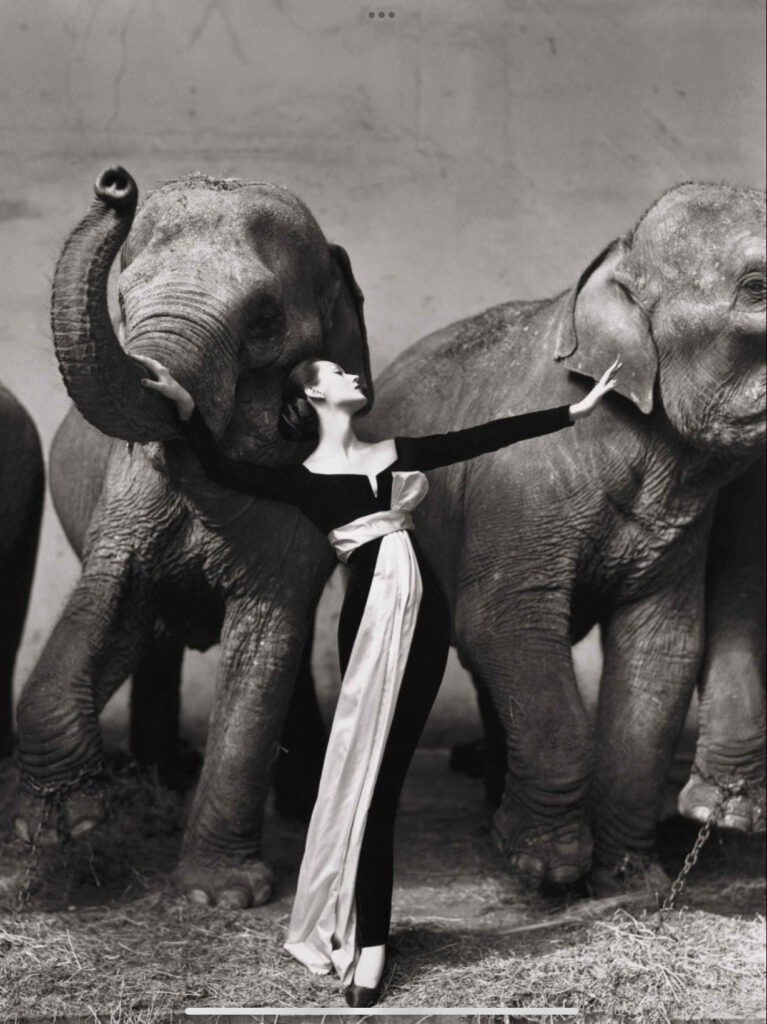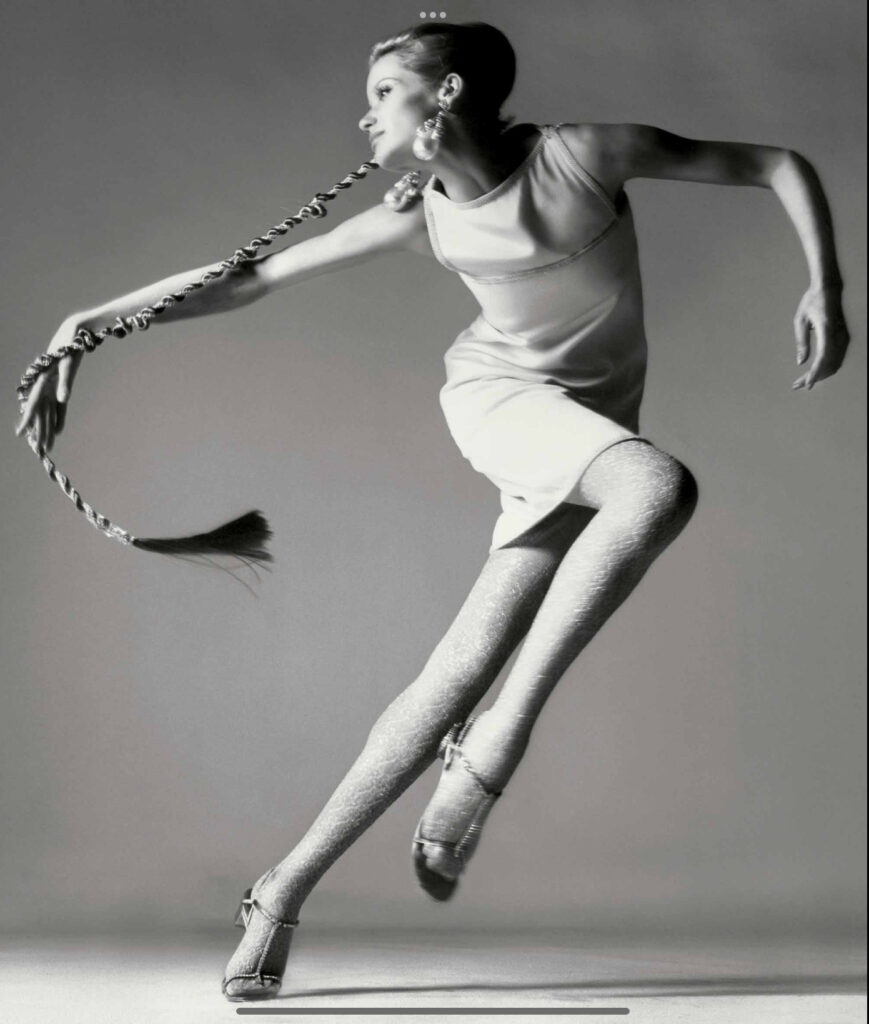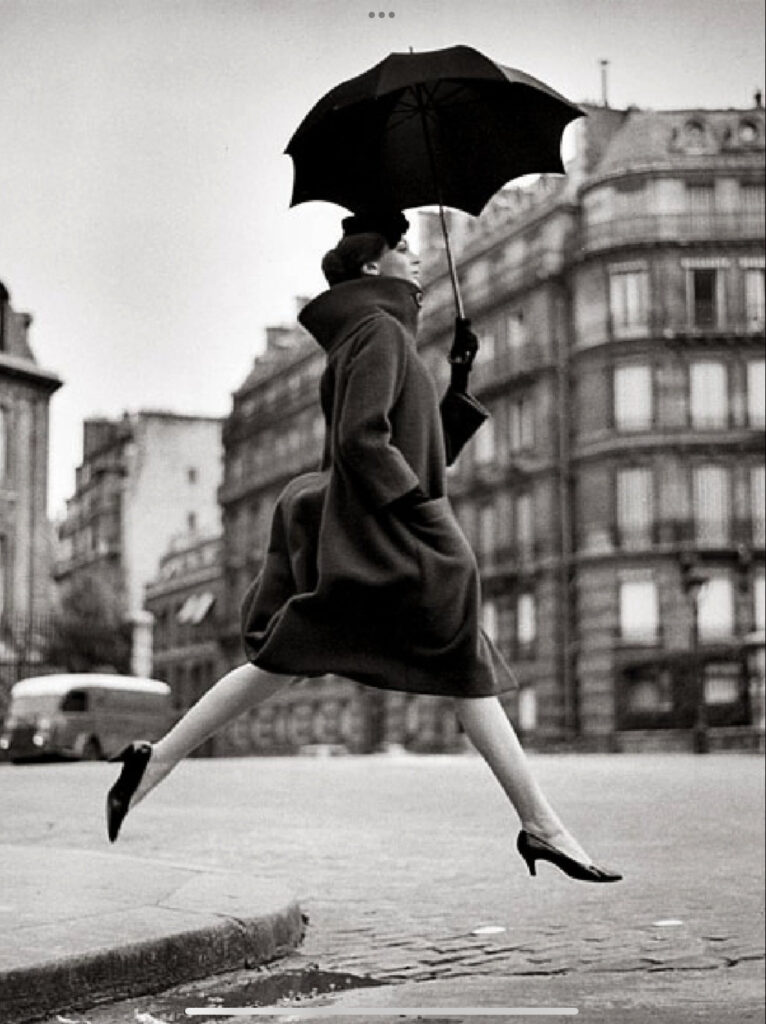
In a world of glamour and façades, Richard Avedon dared to strip everything away. With his signature white backgrounds and relentless pursuit of truth through the lens, he changed not only how we see fashion and portraiture—but how we see ourselves.
More than a photographer, Avedon was a storyteller, balancing commercial brilliance with emotional gravity. His portraits whispered what his subjects would never say aloud, revealing fragility beneath fame and humanity beneath poise.
Today, his legacy resonates through the worlds of fashion, fine art, and modern photography.
⸻
Early Life: The Making of a Visionary
Born on May 15, 1923, in New York City, Richard Avedon was raised in a world steeped in contradictions. His father, Jacob Israel Avedon, owned a clothing store, instilling in Richard a lifelong fascination with garments and appearances. His mother, Anna, loved art and encouraged his creative inclinations.
At the age of 12, young Richard joined the Young Men’s Hebrew Association Camera Club, marking his first steps into the world of photography. By 19, during World War II, he served in the Merchant Marines, where he honed his skills by taking identity photographs for his fellow sailors. It was here—amid uniformity—that he first learned how much a face could reveal when stripped of distractions.
After the war, Avedon studied photography at the New School for Social Research under the legendary art director Alexey Brodovitch, a partnership that would shape the daring aesthetic that defined his career.
⸻
Career: Redefining Fashion and Portraiture
The Fashion Revolution
In 1945, Avedon began working for Harper’s Bazaar, where he quickly disrupted the status quo. At a time when fashion photography was often stiff and statuesque, Avedon injected life and motion into his images.
Models no longer stood still—they leapt, laughed, danced, and even tumbled. His images were cinematic, kinetic, and alive. He famously shot model Dovima elegantly posing with elephants in 1955, a photo that became one of the most iconic fashion images of the century.
His work transformed fashion photography from decorative and posed to emotive and narrative. Clothes were no longer static pieces—they became part of a living, breathing story.

Portraiture with Purpose
Though Avedon made his name in fashion, his true genius emerged in portrait photography, where he pursued a mission of radical honesty.
His hallmark became the plain white background, introduced in his studio portraits in the 1960s and beyond. Without the safety of props or settings, his subjects—famous or forgotten—were exposed. Every wrinkle, smirk, glance, or weariness was revealed.
Notable series include:
• “Nothing Personal” (1964) — A biting examination of American society, created in collaboration with writer James Baldwin.
• “In the American West” (1985) — Perhaps his most raw and revelatory project. Over five years, Avedon photographed ordinary working-class people across Western America. Cowboys, drifters, miners, and slaughterhouse workers stared into the lens with dignity and vulnerability. The series stripped away glamour, offering instead an unflinching view of humanity.
In both celebrity portraits and everyday faces, Avedon refused to let anyone hide.
Commercial Meets Fine Art
While Avedon pushed the limits of portraiture into the realm of fine art, he never turned his back on commercial photography.
He shot striking campaigns for brands like Versace, Calvin Klein, and Revlon, blending artistry with marketability in a way few had before.
His dual mastery—of editorial brilliance and profound human portraiture—paved the way for generations of photographers who now balance artistry with brand vision.

⸻
A Legacy of Vulnerability and Vision
Richard Avedon passed away in 2004 while on assignment, working until his very last breath. His images, however, continue to shape the visual language of photography today.
In galleries, fashion houses, and magazine covers, his influence endures. He taught us that behind every face—be it a movie star, politician, or working-class laborer—is a story waiting to be seen.
Through simplicity, he revealed complexity. Through minimalism, he unearthed depth.
Avedon’s gift was not merely taking pictures—but making us see.
⸻
Key Takeaways: Why Avedon Still Matters
• Minimalism as Power: His stark portraits demonstrated that simplicity can cut deeper than extravagance.
• Emotional Depth in Fashion: He transformed fashion photography into a medium of feeling and narrative, breaking away from pure aesthetics.
• Bridging Art and Commerce: His seamless navigation of commercial photography and fine art redefined the photographer’s role in modern culture.
⸻
Further Reading
For those who wish to immerse themselves in his world:
• Richard Avedon: An Autobiography (1993)
• In the American West (1985)
• Avedon 100 (2023, Centennial Celebration Book)
⸻
In Avedon’s words:
“A photographic portrait is a picture of someone who knows he is being photographed.”
And perhaps that is why his work resonates so deeply—because in each gaze we see not just them, but ourselves reflected back.
⸻
Thanks for reading. To read more, please go to the main page. Rkartandesign.com





